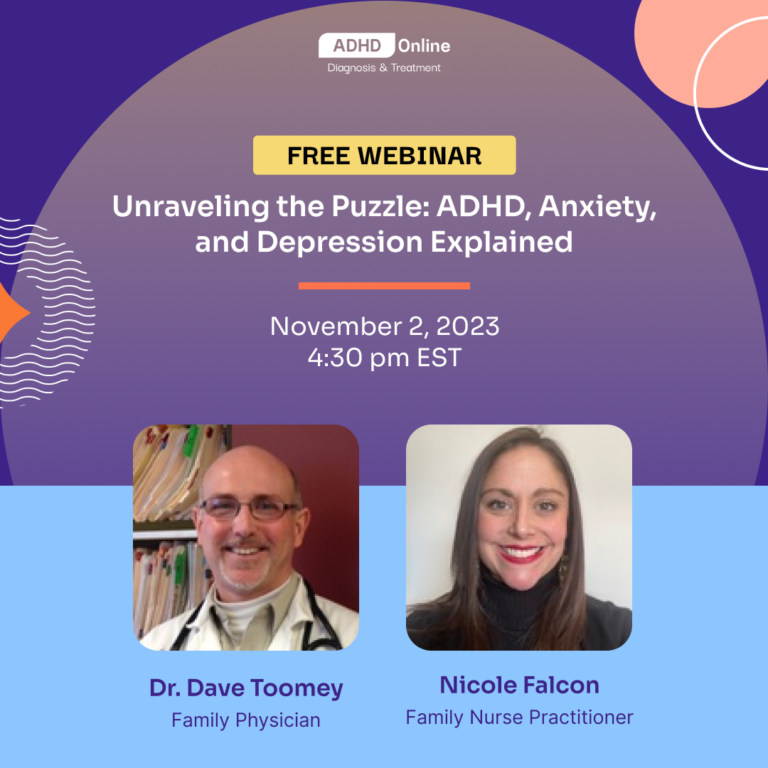By Cathy Cassata
Clinically reviewed by Dr. Gayle Jensen-Savoie
Heading back to school means switching gears from summertime fun and freedom to responsibilities and set schedules. For kids living with ADHD, getting back into the sync of school can be particularly challenging.
“Transitions for those with ADHD can be hard, and going back to school is a big transition,” says Kevin M. Antshel, PhD, professor of psychology at Syracuse University. “Everybody wants to get off on the right foot and we want to make sure we prepare people for success.”
Even if your child has experienced the start of school before, each year is new. Therefore, Antshel suggests preparing weeks prior to the first day.
To help ease the back-to-school transition for your child or teen, consider the following tips.
Create routines
A few weeks before school begins, encourage your child to engage in consistent sleep and wake times. “That’s the routine that sets everything in motion; all of us do less well on poor sleep,” says Antshel.
Establishing organizational routines like where to place their backpack every day after school, what time they plan to work on homework and what order they will get everything ready for school in the morning so they leave on time can all make the transition easier.
Who determines these routines depends on the age. When Antshel works with children with ADHD, he approaches establishing routines in the following way:
Elementary school: The majority of the responsibility falls on the parent to create
routines for their child and get their child on board.
Middle school: This age requires parents to negotiate routines with their child. Because while this age group should have more autonomy, Antshel says often the routines kids create do not set them up for success. For instance, he says, adolescents value how they spend their time as an important choice.
“Developmentally, the influence of their peers and what their peers say becomes much more important,” he says. “This doesn’t mean the parents aren’t important, but it’s less important than it was in elementary school.”
High school: While Antshel lets teenagers determine the routines they believe will be helpful, he says after they are comfortable with their ideas, he encourages parent input to help reinforce them.
College: At this stage, Antshel says there shouldn’t be parent involvement when it comes to establishing routines. “It’s important that college students do this on their own because their parents will not be around to make sure they follow through,” he says.
Once routines are established, and to keep younger kids on track as they prepare for school, the non-profit group Children and Adults with Attention-Deficit/Hyperactivity Disorder, or CHADD, recommends incorporating the following time checks along the way to help:
• Break up longer time periods
• Use a timer or alarm to set spans of time for each activity
• Lean on apps to stay on task
Contact the school ahead of time
For elementary-aged kids, Antshel encourages parents to contact their child’s teacher ahead of time to establish communication and share any information they’ve learned that will help their child be successful.
In middle school, contacting a child’s teacher a head of time is less appropriate because many kids have multiple teachers. However, many students with ADHD may have an Individualized Education Plan or 504 plan — formalized plans that detail special support for individual ADHD students. If that’s the case, connecting with the school personnel who coordinates these plans can help make sure all teachers are on board with the child’s needs.
In high school, Antshel typically doesn’t recommend that parents reach out to teachers.
“It’s important for the teen themselves to have autonomy and be an advocate for themselves as opposed to a parent contacting the school ahead of time,” he says.
He recommends during the first week of school that high school students introduce themselves to teachers and get a sense of what could help them be successful with each teacher.
Antshel doesn’t usually recommend that high school or college students make a special effort to tell teachers they have ADHD — due to stigma that still exists around ADHD and mental health.
“While mental health stigma is lower than it was before the pandemic, there still is stigma. And there are still people who don’t understand ADHD and think it’s an excuse for lack of motivation, etc.,” he says.
Instead, he suggests saying something like: “I’m looking forward to being successful in this classroom and I’m wondering if you have any tips for how to achieve that?”
If the instructor says it’s important to be organized and the student thinks that’s not one of their strengths, then Antshel suggests asking the instructor if they can provide examples of how previous students organized themselves for the class.
“In other words, they’re not coming in and saying ‘I have ADHD; I need help,'” Antshel says. “Instead they’re getting guidance from the instructor on how to be successful.”
However, for students who have an IEP or 504 plan, he notes that the teachers will know they have a qualifying condition, and in those cases, he encourages students to have forthright discussions with them about their ADHD, if they want to.
Embrace extracurricular activities
In addition to preparing kids to succeed academically, Antshel points out the need to get kids involved in activities outside of school.
“Parents can get so focused academically that everything is about homework and tutoring and studying,” he says. “But it’s important to have something else.”
In fact, a study that analyzed data from a recent National Survey of Children’s Health among children with ADHD found that participation in any after-school activity was associated with decreased ADHD severity and reduced school absenteeism. The researchers concluded that efforts to optimize ADHD outcomes should include engaging children and adolescents in after-school activities.
When it comes to transitioning back to an extracurricular activity at the beginning of a school year, Antshel says the transition usually isn’t as challenging as going back to school because kids are often more interested in the actitivities. “But if the kid doesn’t like the activity, you’ll have the same kind of rules to help them transition back to the activity,” he says.
Consider treatment and/or therapy
If a student takes medication for ADHD, Antshel says, complying with medication during transitions is important because they may help the child be less distracted, impulsive and restless.
“These all can come with transition because of the anxiety that comes with transitions. I’ll talk to kids who have been prescribed medication about how medication might not be a long-term solution, but how it can help them get off on a good foot. I also suggest they talk to their prescriber for more guidance,” says Antshel.
Sources:





